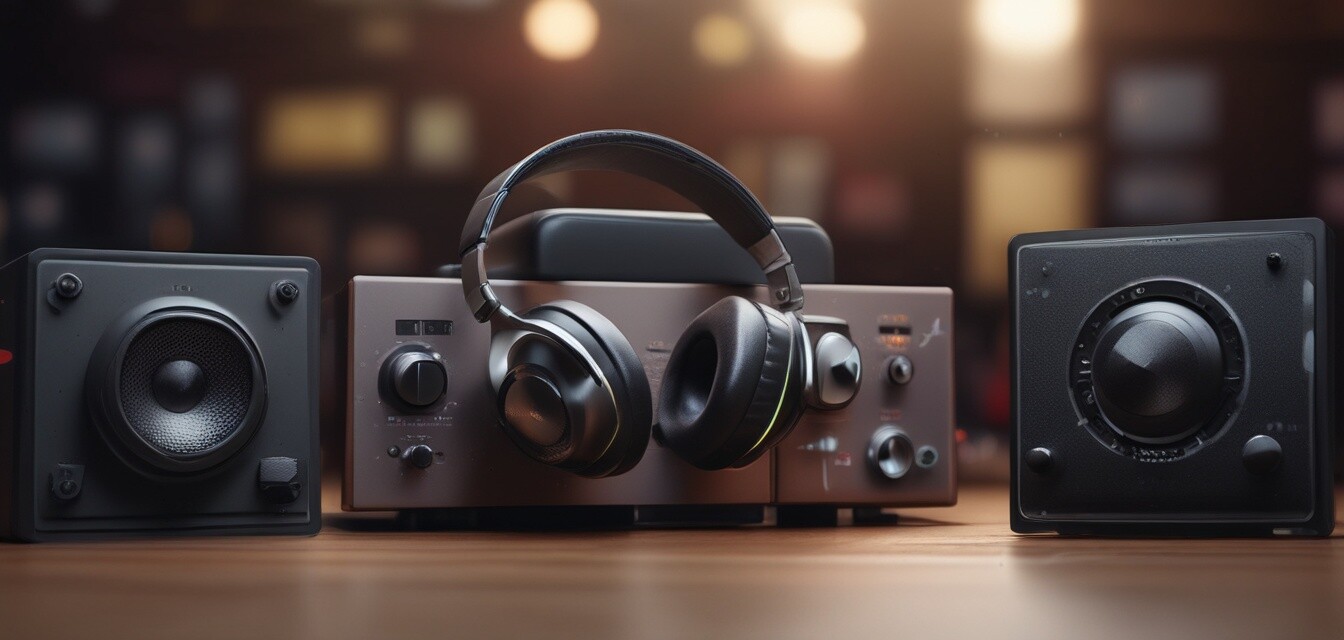
Innovations in Noise-Cancellation Technology
Key Takeaways
- Noise-cancellation technology has evolved significantly, enhancing audio experiences across various devices.
- There are two primary types of noise-cancellation: active and passive, each with unique benefits.
- The latest advancements focus on improving user comfort and sound quality.
- Many brands are integrating smart technology for customizable sound experiences.
- Noise-cancellation technology impacts different audio devices, including portable speakers and soundbars.
Innovation is at the heart of today's audio devices, especially in the realm of noise-cancellation technology. As we navigate a world filled with constant noise, the demand for superior sound quality has led to remarkable developments. This article explores the latest advancements in noise-cancellation technology and how they impact audio devices, ensuring that listeners can enjoy their sound without unwanted background interference.
Understanding Noise-Cancellation Technology
Noise-cancellation technology is primarily used in headphones and speakers to reduce unwanted ambient sounds. The technology works in various ways:
- Active Noise Cancellation (ANC): Utilizes microphones to detect ambient noise and produces sound waves that cancel out the noise.
- Passive Noise Cancellation: Involves physical barriers that block sound, such as thicker ear padding or soundproofing materials in a speaker.
Let's take a closer look at these approaches in the table below:
| Type | Description | Pros | Cons |
|---|---|---|---|
| Active Noise Cancellation | Uses electronic methods to reduce noise. |
|
|
| Passive Noise Cancellation | Blocks sound through physical barriers. |
|
|
Recent Innovations in Noise-Cancellation
With rapid advancements in technology, several exciting new features have emerged, enhancing the noise-cancellation experience:
- Adaptive Sound Control: This technology automatically adjusts noise-cancellation levels based on the user's environment.
- Personalized Sound Profiles: Many brands are introducing apps that allow users to customize their sound experience.
- Dual-Driver Systems: These are being implemented to provide a more immersive audio experience by separating high and low frequencies.
- Transparency Mode: Users can switch to allow ambient sound in, which is beneficial for safety in public spaces.
The Impact on Different Audio Devices
As we've seen, noise-cancellation technology is not just limited to headphones. It is being integrated across a variety of audio devices:
Bluetooth Speakers
Innovative models in Bluetooth speakers now feature enhanced noise-cancellation capabilities, allowing for clearer sound during outdoor use.
Home Theater Systems
Home theater systems are incorporating sophisticated noise-cancellation technologies to improve the quality of audio in bustling home environments.
Soundbars
Soundbars are using advanced algorithms to adapt to the layout of the room, providing an optimal sound experience without distraction from surrounding noise.
Challenges and Considerations
While advancements in noise-cancellation technology are impressive, there are challenges to consider:
- Battery life can be a concern with devices using active noise-cancellation.
- Some users may find that the sound quality is compromised with too much noise cancellation.
- The comfort of passive noise-cancelling technology can vary widely between brands and models.
Pros
- Immersive audio experience
- Enhanced listening in noisy environments
- Adaptive and customizable features
Cons
- Potential impact on battery life
- Varied comfort levels based on design
- May affect sound quality in some cases
Conclusion
Innovations in noise-cancellation technology represent a significant advancement in audio experiences, allowing users to enjoy high-quality sound without interference from external noises. As technology continues to evolve, we can expect even more groundbreaking advancements that will change how we experience sound. Stay tuned to our News and Trends section for the latest updates in the world of speakers!